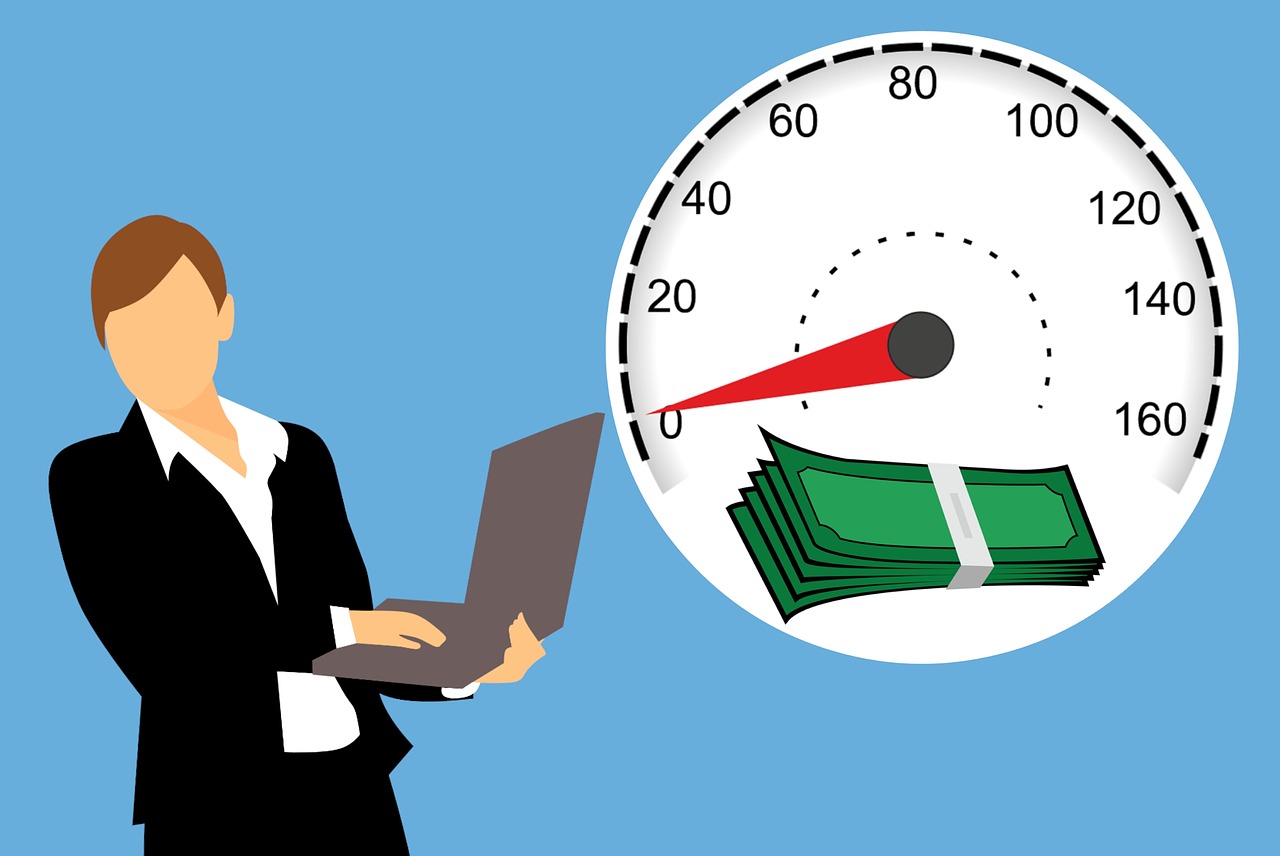In his recent interview with Meb Faber, Steve Romick explained how value investing has changed since Graham & Dodd. Here’s an excerpt from the interview:
Q2 2022 hedge fund letters, conferences and more

Romick: Let’s take a step back and think about, for those of you familiar with the book “Security Analysis,” the Graham and Dodd book, that’s now coming out with their seventh edition. Value investing has morphed, originally value investing was about just buying an asset at a discount.
And so often that asset value was predicated on some hidden asset that might have been there. Might have been real estate. Steinway piano 20 years ago had real estate all over New York City or a number of great locations in New York City, and you could buy Steinway for an inexpensive price as a business and get all this real estate for free. That if they ever really did something rational that shareholder-friendly would have been a good investment.
So many of those businesses now that have these traditional value investments as we knew them were businesses that were more likely to be disrupted. So let’s just take Amazon for example. Amazon comes into being they’re originally a reseller of books, they ended up becoming the everything store as we all know and probably everybody here uses.
And as we look at that, what Amazon was doing I mean, as we looked at it, we realized that this is really bad for retail in general. I’ve owned retail. I started out as a bank of thrift analyst, but I did a lot of retail back in the ’80s, working with this investment partnership, and we sold all our retail. We said to ourselves, this is not good for these retail businesses, we know they are the disrupted companies. So we ended up selling all of our retail, and the mistake we made back in the great financial crisis, candidly, was not buying Amazon.
So our goal today is make…whereas that margin of safety as a value investor in the past was predicated on the asset value of the business, assets within, maybe it’s a hidden asset, maybe it’s right on the balance sheet, is it more obvious? Could be hidden real estate, or an overfunded pension plan. Maybe it’s a contingent asset because of a lawsuit they might potentially win, lots of different ways you could do it. But so many of those businesses were the disrupted businesses.
So we morphed a number of years ago, didn’t change as value investors because we’ve always invested with a margin of safety. But we became much more anchored to the idea of the quality of the business, not just the quality of what’s on the balance sheet.
And that candidly is a harder analysis, and it’s more likely a more volatile stream of income that comes from buying those kinds of businesses. Because the perception of what they might enter into the future changes so much more than the actual value of the real estate that more traditional value investor might have owned.
You can watch the entire interview here:

For all the latest news and podcasts, join our free newsletter here.
Article by The Acquirer's Multiple.

